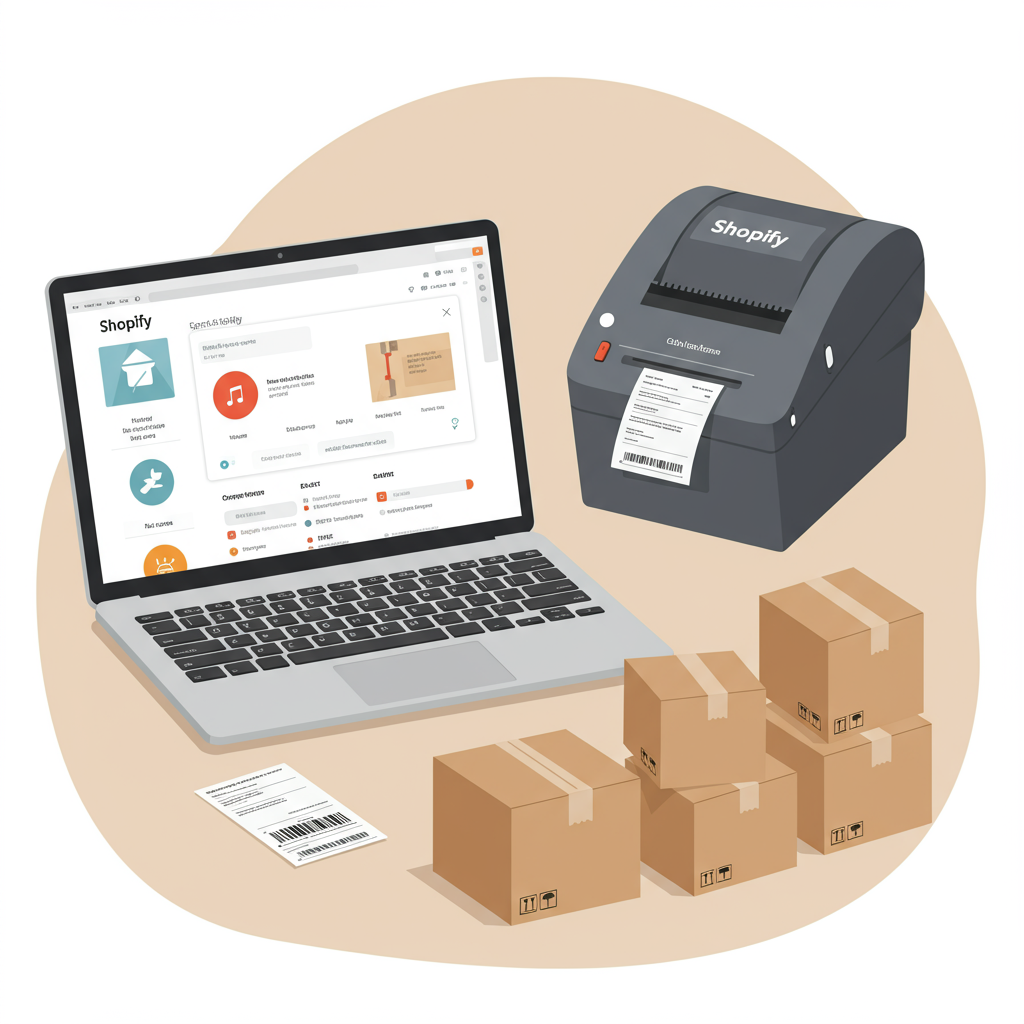Streamline Your Operations, Save Time, and Scale Your E-commerce Business
Hello fellow Shopify merchants! I’m here today to talk about a game-changer for your e-commerce business: fulfillment automation.
As your store grows, manually handling every order, every shipping label, and every customer update can quickly become overwhelming.
That’s where automation steps in, transforming tedious, repetitive tasks into seamless, hands-off processes.
But what exactly is fulfillment automation? Simply put, it’s the use of technology to streamline and execute various stages of your order fulfillment process without manual intervention.
From the moment a customer clicks “buy” to the package arriving at their door, automation can touch almost every step.
So, why should you, a busy Shopify merchant, care about automating your fulfillment? The benefits are truly compelling.
Firstly, it’s a massive time-saver. Imagine reclaiming hours spent on data entry, printing labels, or sending tracking emails.
Secondly, automation drastically reduces human error. No more typos in addresses or incorrect product quantities being shipped.
Thirdly, it enables scalability. As your order volume increases, your automated system can handle the growth without needing to hire more staff immediately.
Fourthly, it significantly boosts customer satisfaction. Faster, more accurate deliveries and proactive communication lead to happier customers and repeat business.
Finally, it can lead to cost reductions by optimizing shipping choices and minimizing errors that lead to returns or re-shipments.
Let’s dive into the key areas where you can implement automation. Order processing is a prime candidate.
You can automate tagging orders based on specific criteria, like product type, shipping method, or customer segment. This helps in routing orders to the correct fulfillment location or team.
Inventory management is another critical area. Automation can update stock levels across all sales channels in real-time, preventing overselling.
It can also trigger low-stock alerts, prompting you to reorder before you run out of popular items.
Shipping automation is perhaps the most impactful. This includes automatically generating shipping labels, selecting the best carrier based on cost or speed, and even scheduling pickups.
Customer communication can also be automated. Think about sending personalized order confirmations, shipping updates with tracking links, and delivery notifications.
Even returns management can be streamlined, with automated generation of return merchandise authorizations (RMAs) and pre-paid return labels.
Now, how do you actually achieve this automation within Shopify? There are several powerful tools at your disposal.
Shopify Flow is an incredibly powerful, built-in automation tool available to Shopify Plus merchants, and increasingly to other plans.
With Flow, you can create custom workflows using triggers, conditions, and actions. For example, “When an order is paid (trigger), if the order total is over $100 (condition), then add a ‘VIP’ tag to the order (action).”
You can use Flow to automatically send emails, create tasks, update inventory, or even integrate with other apps. It’s highly flexible.
Beyond Shopify Flow, a vast ecosystem of third-party apps exists. Shipping apps like ShipStation or Shippo can automate label creation and carrier selection.
Inventory management apps can sync stock across multiple warehouses or sales channels. ERP systems can integrate your entire business operation.
For those with higher volumes, integrating with a Third-Party Logistics (3PL) provider is a common automation strategy. They handle storage, picking, packing, and shipping for you.
When implementing automation, I recommend starting with an audit of your current fulfillment process. Identify the most time-consuming or error-prone tasks.
Then, choose the right tools that align with your specific needs and budget. Don’t try to automate everything at once.
Set up your rules and workflows carefully, paying close attention to every detail. A small error in logic can have big consequences.
Crucially, test everything thoroughly before going live. Place test orders, simulate different scenarios, and ensure all automated actions perform as expected.
Once live, continuously monitor your automated processes. Are they working efficiently? Are there any bottlenecks or unexpected issues?
Don’t be afraid to refine and optimize your workflows over time. Automation is not a set-it-and-forget-it solution; it requires ongoing attention.
My advice for best practices? Start small. Automate one or two key tasks first, master them, and then expand.
Document your workflows. This helps with troubleshooting and onboarding new team members.
Regularly review your automation rules. Business needs change, and your automation should evolve with them.
Always keep the customer experience at the forefront. Automation should enhance, not detract from, how your customers perceive your brand.
While the benefits are immense, be aware of potential challenges. Initial setup can be complex and time-consuming.
Integration issues between different apps or systems can arise. And sometimes, over-automating can lead to a loss of personal touch.
But with careful planning and execution, these challenges are easily overcome.
So, what do you think about this article? I’d love to hear your thoughts on how automation has impacted your Shopify store, or if you’re planning to implement it!
In conclusion, automating your Shopify fulfillment is no longer a luxury; it’s a necessity for sustainable growth and customer satisfaction.
By leveraging tools like Shopify Flow and various third-party apps, you can transform your operations, save valuable time, and scale your business with confidence.
Embrace automation, and watch your Shopify store thrive!






